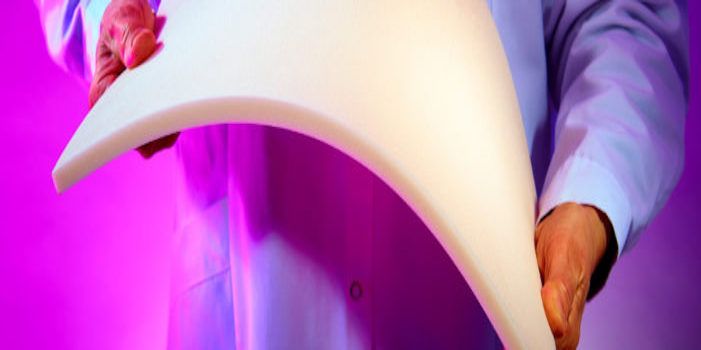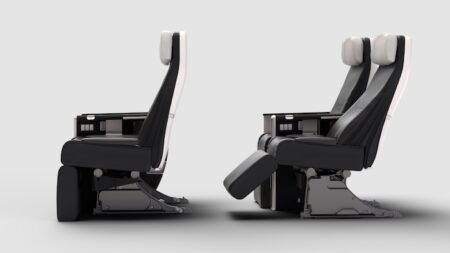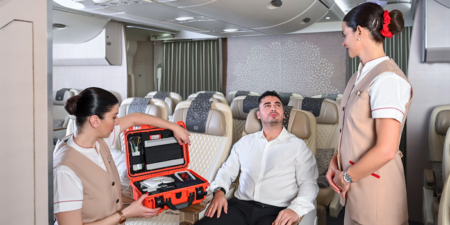Space tourism will become a reality later this year, with inaugural commercial flights already booked out and demand for tickets surging, according to the companies vying to take the lead in this latest space race. By some estimates, the commercial space industry – including space tourism – is expected to be worth US$1 trillion (£766bn) by 2040.
The design of the reusable spacecraft that will take passengers into space is a significant engineering achievement, with capabilities that enable repeatable use at unprecedented frequency. Internally, the cabins are being designed to offer a level of comfort more akin to that of a luxury airliner than the cramped cockpits of previous space travel.
The cabin designers have specified Zotefoams’ Zotek F closed-cell PVDF comfort foam, which is available in 30, 38, 40 and 75kg/m2 grades that are NASA-approved for packaging and flight, as well as for use on the International Space Station. The foam is being used to enhance seat comfort, in which passengers will experience up to six-times normal gravity during descent and zero gravity in space.
With the cost per kilogram of weight in a spacecraft ranging from £10,000 to £50,000, every gram saved pays off in altitude. A member of the Zotefoams team working on spacecraft design explained that the foam “is a super lightweight, low-density material that can be formed in any number of ways, allowing us to develop prototypes easily in the studio along with flexibility in the subsequent manufacturing process. At 15-20% of the weight of solid equivalents and mechanical properties that allow us to reduce the volume of material significantly, it is a major contributor to weight-saving targets.”
Interiors aside, ZOTEK F foam is also used for insulation in spacecraft, including tubes, pipes and tanks, due to its extreme low-temperature thermal conductivity performance. The foam features extensively in the first commercial spacecraft, used in the insulation, environmental control systems and throughout the interior.





